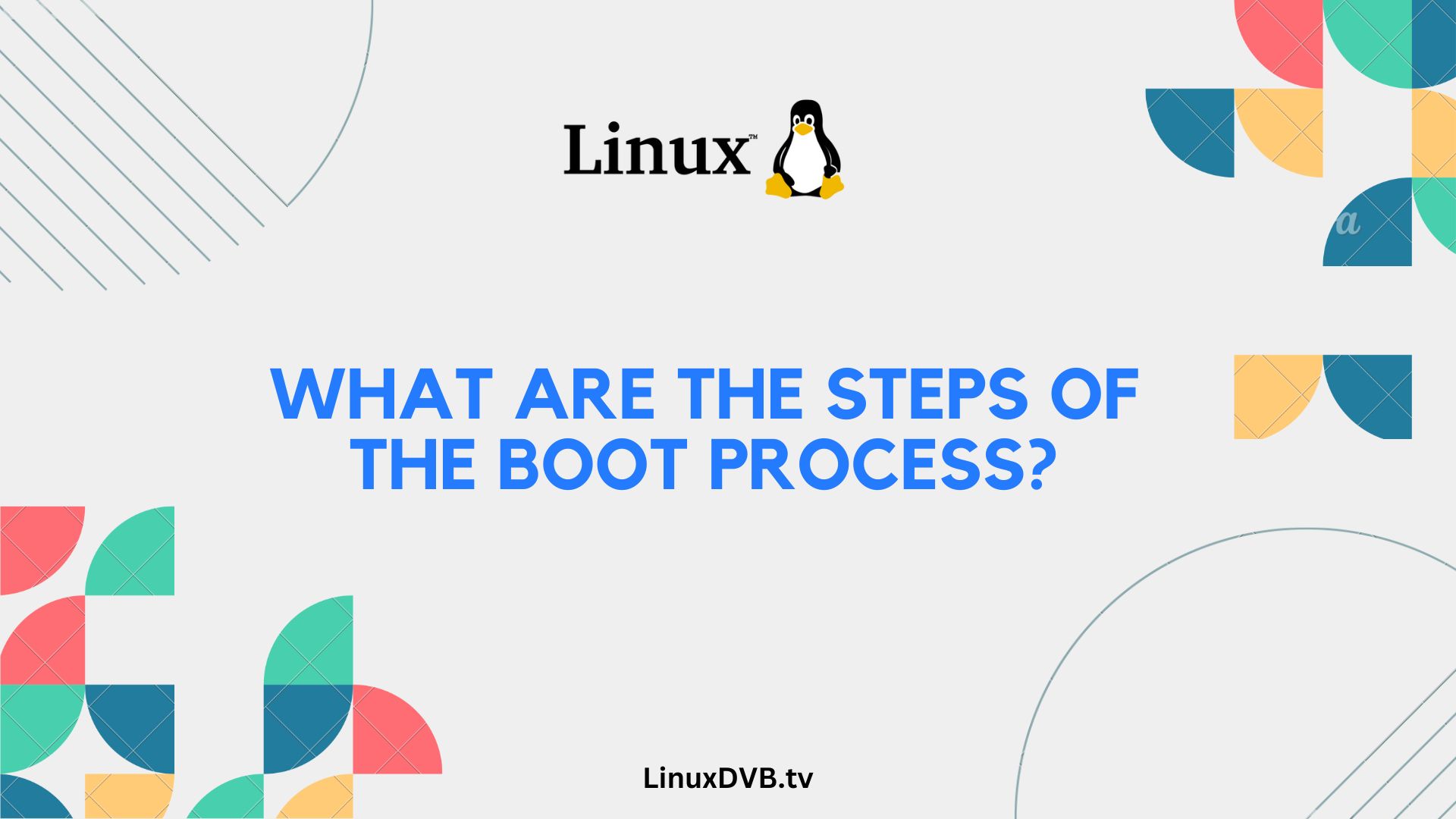Introduction:
Welcome to the world of computer booting, a crucial process that brings your system to life. In this article, we will delve deep into “What are the steps of the boot process?” and demystify this essential aspect of computing. Whether you’re a tech enthusiast or a novice, understanding the boot process is fundamental. Let’s embark on this enlightening journey together.
Table of Contents
The Boot Process: An Overview:
Before we dive into the nitty-gritty details, let’s get a bird’s-eye view of what the boot process entails. We’ll explore its significance and why it’s essential for your computer’s functionality.
Understanding Booting:
What is booting? Booting is the process of initializing a computer’s operating system (OS) when it’s powered on or restarted. It prepares the system for user interaction, making it a critical first step in using your computer.
Why is it important? Booting sets the stage for everything that follows. It checks hardware components, loads the OS, and ensures a stable environment for your computer to operate.
The Importance of Booting:
Booting serves several vital purposes, making it a linchpin of your computer’s functionality. We’ll explore its roles in initializing hardware and troubleshooting boot issues.
Types of Booting:
Have you ever wondered about the various ways a computer can boot up? We’ll discuss cold boot vs. warm boot and introduce the concept of network booting.
BIOS Initialization:
The BIOS (Basic Input/Output System) plays a pivotal role in the boot process. We’ll delve into the Power-On Self-Test (POST) and BIOS settings and configurations.
UEFI Boot Process:
In recent years, UEFI (Unified Extensible Firmware Interface) has replaced traditional BIOS in many systems. We’ll explore the differences and advantages of UEFI.
The MBR and Bootloader:
The Master Boot Record (MBR) and bootloader are critical components of booting. We’ll demystify their operation and importance.
Operating System Initialization:
Discover how the operating system kernel is loaded during the boot process. We’ll also explore the difference between user mode and kernel mode.
Windows Boot Process:
For Windows users, understanding the Windows Boot Manager and how the Windows kernel is loaded is crucial.
Linux Boot Process:
Linux enthusiasts, don’t worry; we’ve got you covered too. Learn about the GRUB bootloader and the concept of init systems and runlevels.
macOS Boot Process:
Apple users, dive into the world of Apple’s EFI implementation and how macOS kernel loading works.
Common Boot Errors and Troubleshooting:
Despite the best preparations, boot issues can arise. We’ll tackle common problems like the dreaded Blue Screen of Death (BSOD) and provide solutions.
Speeding up the Boot Process:
Is your computer taking forever to boot up? Discover tips for reducing startup programs and how your choice of storage (SSD vs. HDD) impacts boot times.
FAQs:
What are the steps of the boot process?
The boot process typically involves power-on self-test (POST), BIOS/UEFI initialization, bootloader execution, kernel loading, and OS startup.What is the purpose of the boot process?
The boot process initializes and loads the operating system, allowing the computer to start and run applications.Can I boot my computer from a USB drive?
Yes, you can boot your computer from a USB drive by changing the boot order in BIOS/UEFI settings and selecting the USB drive as the boot device.What’s the difference between fast boot and normal boot?
Fast boot is a quicker startup option that skips some hardware checks, while normal boot includes full hardware initialization.How do I access BIOS or UEFI settings?
You can access BIOS/UEFI settings by pressing specific keys like F2, F12, or Del during the initial boot process, depending on your computer’s manufacturer.Why do some systems have multiple boot options?
Multiple boot options allow you to choose between different operating systems or boot devices, like USB drives or network boot.What should I do if my computer gets stuck in a boot loop?
You can try troubleshooting by booting into safe mode, repairing the OS, or checking for hardware issues.Is it possible to skip the boot process and directly load the OS?
Yes, some systems offer fast boot options that can bypass parts of the boot process for quicker startup.Conclusion:
In conclusion, understanding “What are the steps of the boot process?” is pivotal for anyone who interacts with computers regularly. It empowers you to troubleshoot issues, optimize boot times, and gain a deeper appreciation for the inner workings of your machine. We hope this article has shed light on this essential aspect of computing.

